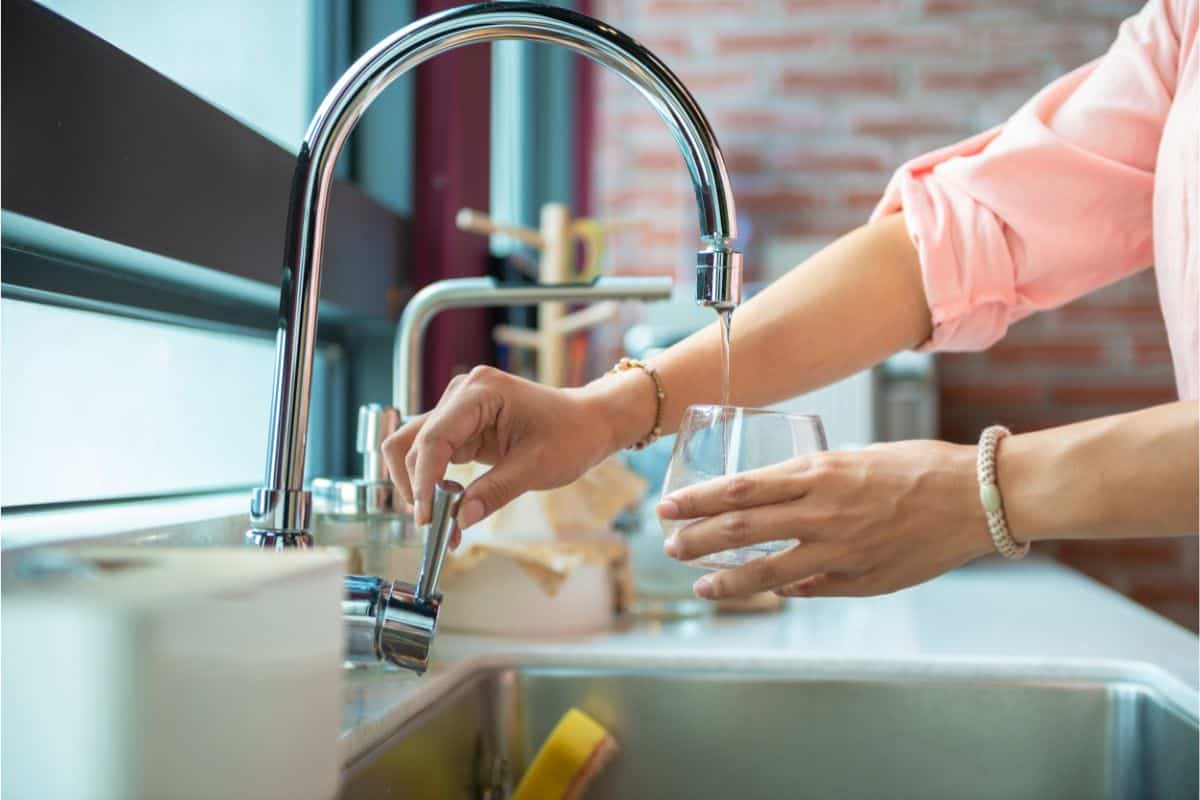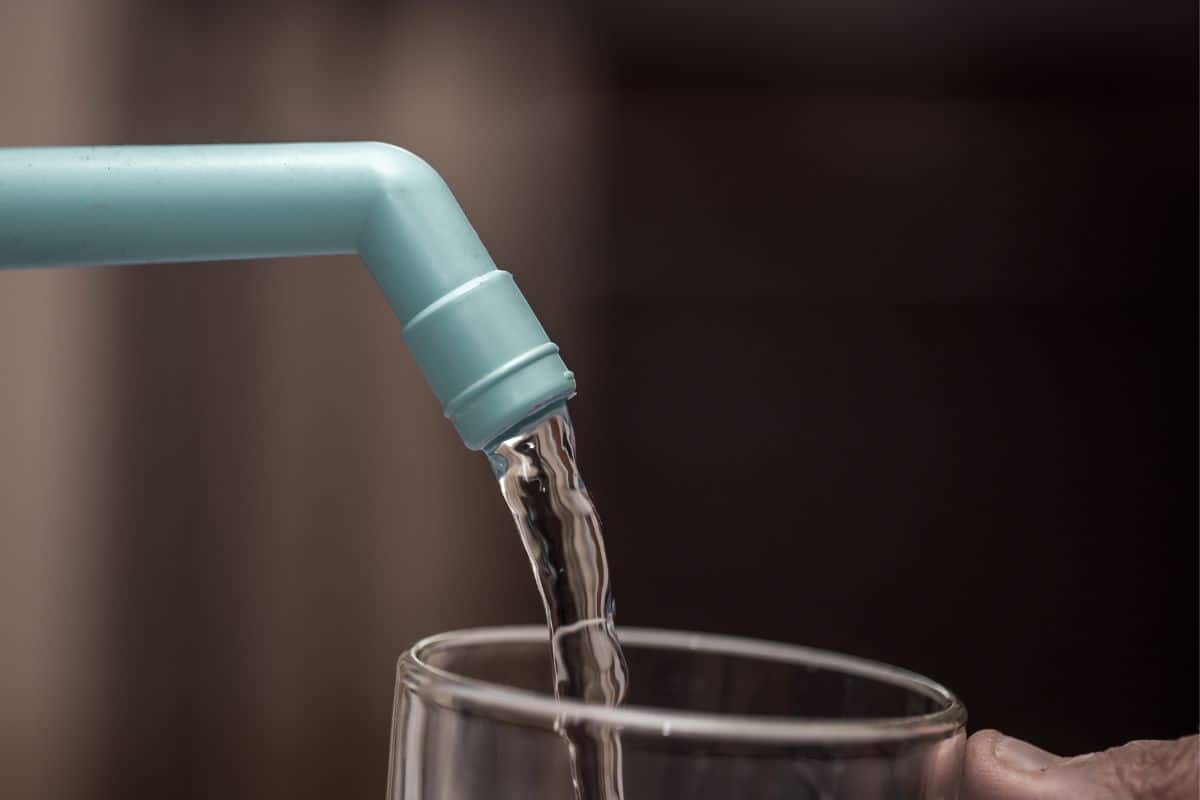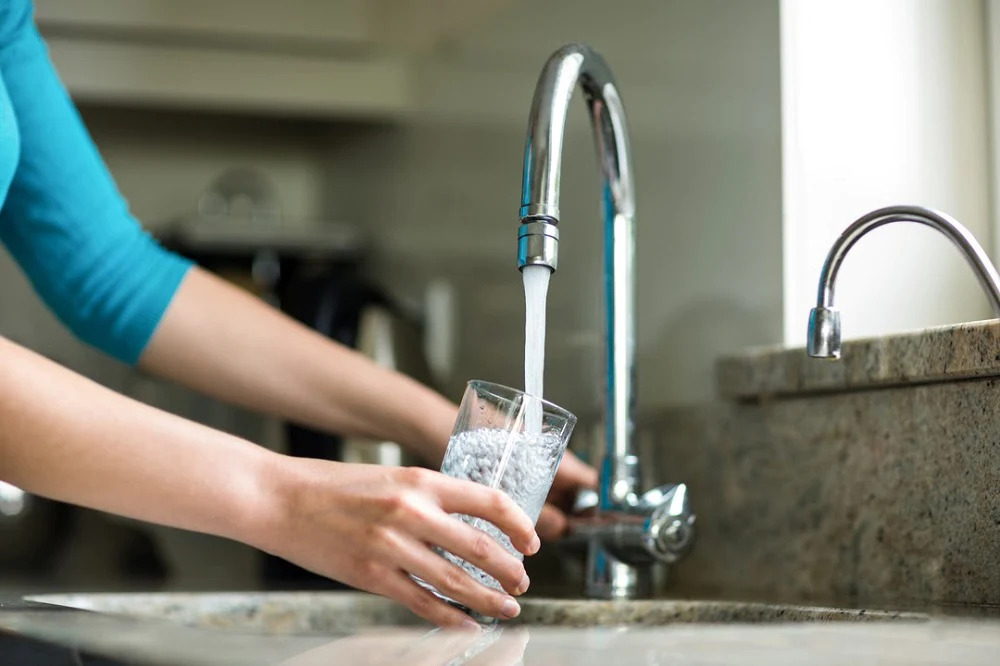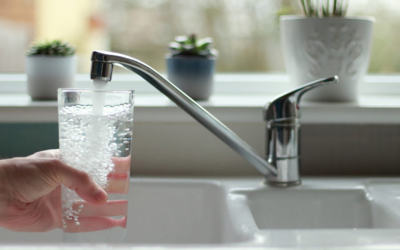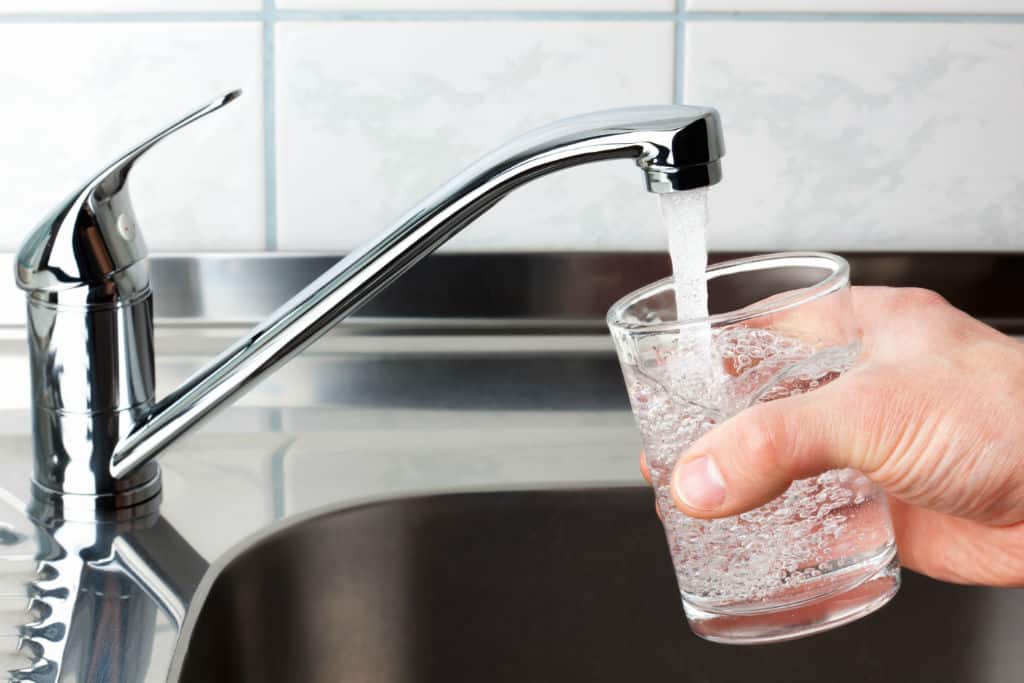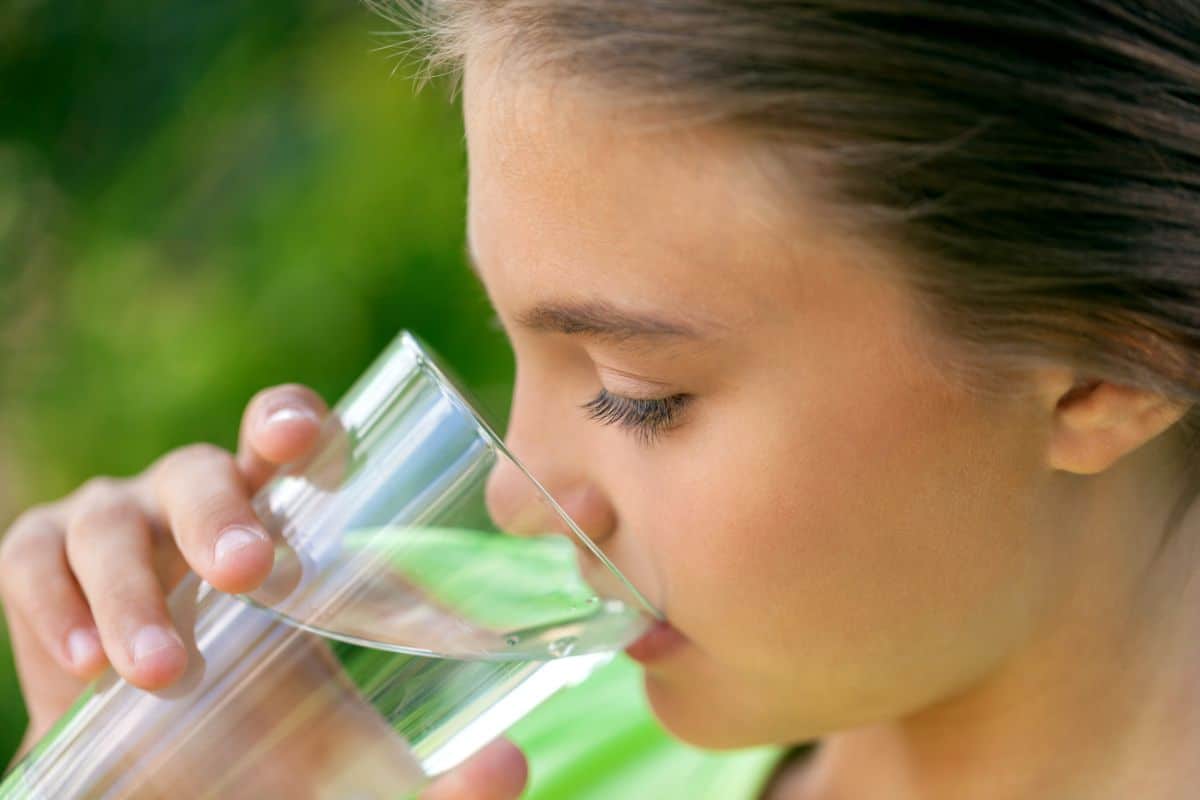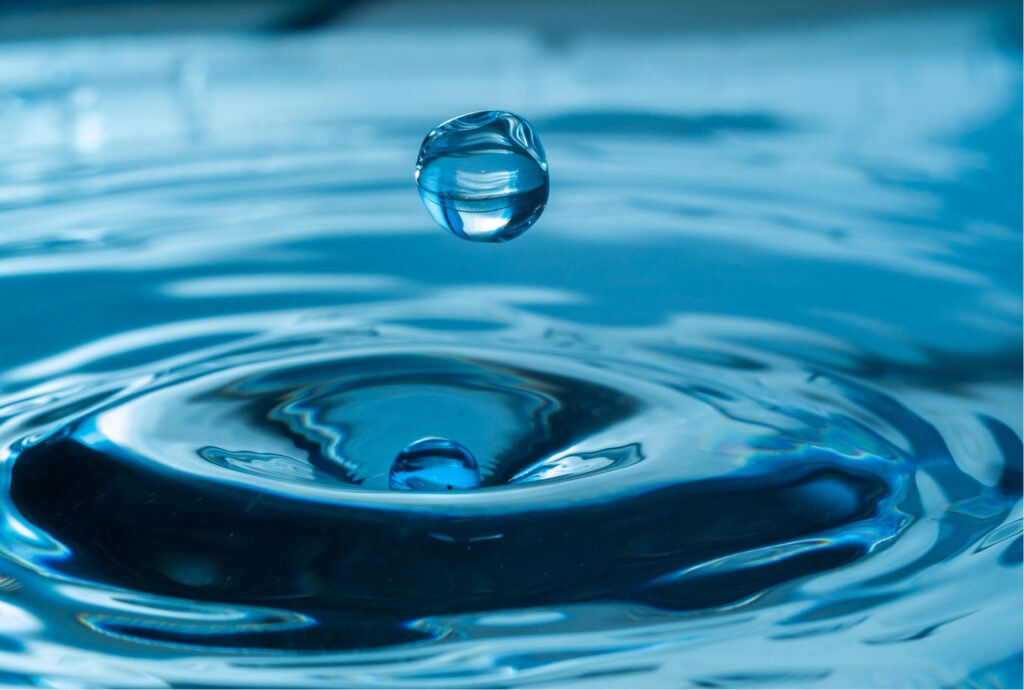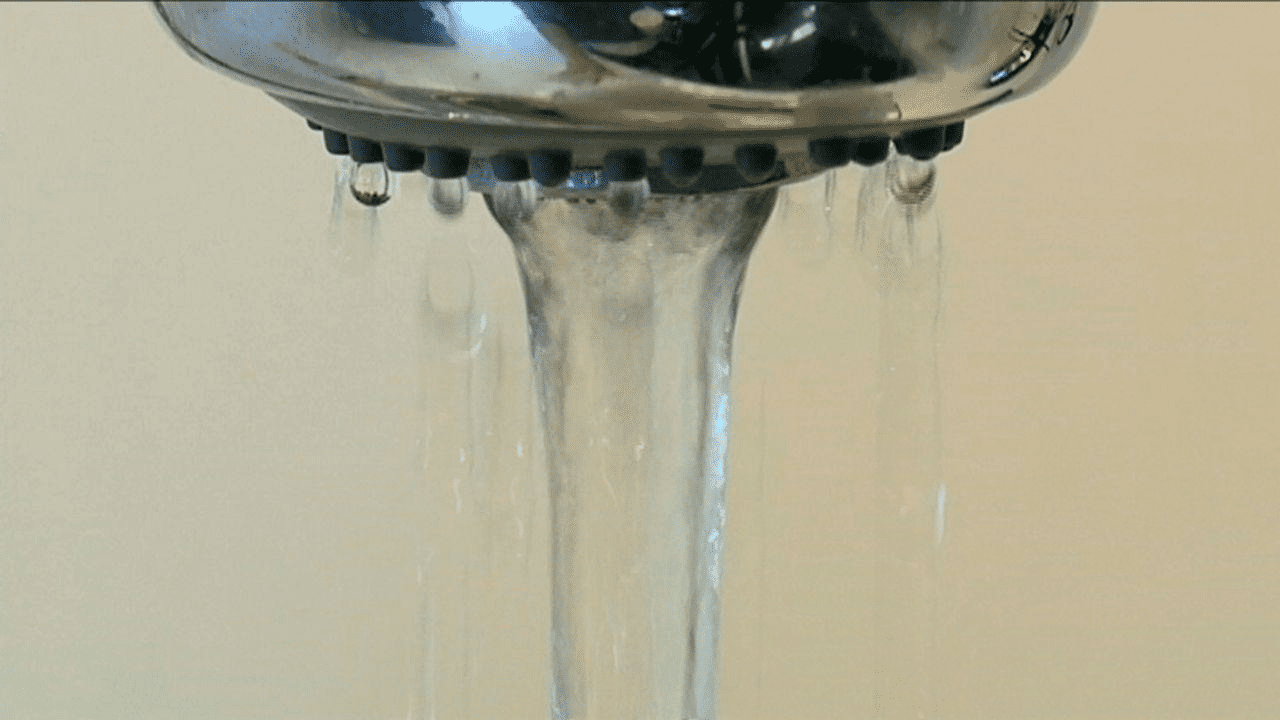While the EPA has deemed the tap water in San Diego safe to drink, the truth is that there are traces of contaminants in the tap water.
However, this is the case for most tap water all over the world. So are the contaminants in the tap water in San Diego at an acceptable level? How dangerous are they and how safe is the tap water?
This is what we’ll be exploring in our article today! We’ll be taking a look at the main contaminants found in San Diego tap water, as well as how they treat the water. But let’s kick things off by asking: where does the San Diego tap water come from?
Contents
Where does San Diego get its water?
According to a Water Quality Report issued in 2020, the water in San Diego is currently imported. Most of this water is ‘raw’ or untreated, and is bought by the San Diego County Water Authority. The raw water is then treated before it enters the drinking water distribution system.
Fewer than 10% of the water that is imported was bought by the County Water Authority and is a mixture of water treated by the Carlsbad Desalination Plant, the County Water Authority, and the Metropolitan Water District’s Skinner Water Treatment Plant.
A lot of the imported water from the County Water Authority is a mixture of water from the Colorado River and from a State Water Project. However, the ratio of water from each source will change throughout the year.
The components of the water are influenced by the climate, geology, their source, and the activities of the land they flow through.
What are the main contaminants found in San Diego tap water?
Although the drinking water in San Diego satisfies EPA standards, this doesn’t mean it has no contaminants as there is a level of contaminants that the EPA deems an acceptable amount, and therefore there are some still in the drinking water.
The EPA evaluates the long-term effects of these contaminants as they carry out more research. For example, the EPA continues to investigate traces of arsenic, copper, and lead in water.
Furthermore, there are a few emerging contaminants that the EPA is yet to determine appropriate levels for and is still researching. A good example of this is Per- and Polyfluoroalkyl substances (or PFAS).
These are also known as ‘forever chemicals’ as they tend not to disintegrate when consumed by humans and can build up in the body over time.
The risks of PFAS are still not fully understood and research is being done on them. Lead piping is another possible source of water contamination, and we’ll talk about potential lead in San Diego tap water a little later.
The tap water in San Diego does satisfy the requirements of the EPA, but to be on the safe side it’s still recommended to purify your tap water (a faucet water filter is quick to install) to lower the amount of contaminants in your water as much as possible.
Does the water in San Diego have lead?
According to the EPA’s ECHO Database, 90% of the samples taken from the San Diego water system were at or below 0.0 mg/L of lead in San Diego water, which is 0% of the 0.015 mg/L action level. In other words, 10% of the samples taken from tap water in San Diego contained lead.
However, how much lead is in a city’s water supply can differ greatly across many neighborhoods, and it can sometimes differ from house to house!
A lot of buildings have lead pipes or service lines which can contaminate your water, and this is particularly a problem for older homes. If you’re concerned about your home’s water supply containing lead, it is recommended to have your water tested.
There is no healthy amount of lead in water, and as lead builds up in our bodies over time this can have serious health risks.
How do they treat the tap water in San Diego?
San Diego’s Public Utilities Department provides the city with high-quality tap water by making use of technology that has been proven to make water cleaner.
There are several processes behind treating water and each process improves the quality of the eater even more. Having multiple treatment processes in place puts up more barriers against contaminants and ensures your water is safe.
For example, Alvarado and Miramar water treatment plants use ozone for the main disinfection of water, while the Otay Water Treatment Plant purifies their water with chlorine dioxide.
Traditional water treatment mainly consists of coagulation, flocculation, sand/multimedia filtration, and sedimentation, and this is what water all over the world is commonly treated with.
### Recent Concerns About San Diego, CA Tap Water Quality
In recent months, San Diego has faced several concerns regarding the quality of its tap water, with specific issues arising from contamination and infrastructure challenges. A significant concern has been the detection of elevated levels of PFAS (per- and polyfluoroalkyl substances), a group of man-made chemicals known for their persistence in the environment and potential health risks. These chemicals have been detected in various parts of the city, prompting local authorities to take action.
The San Diego County Water Authority has been working in conjunction with the Environmental Protection Agency (EPA) to monitor and address these contaminants. Efforts include increasing the frequency of water quality tests and exploring advanced filtration technologies to mitigate PFAS presence. Additionally, residents in affected areas have been advised to use alternative water sources or install certified home filtration systems as a precautionary measure.
Furthermore, infrastructure issues have compounded concerns, with aging pipelines contributing to water quality deterioration. The city has initiated a comprehensive pipeline replacement program, prioritizing areas with the most urgent needs. Public information campaigns have been launched to keep residents informed about the status of water quality and steps being taken to ensure safe drinking water.
For more detailed information, refer to the following sources:
PFAS Found in San Diego County Water, Prompting New Monitoring Efforts
https://www.sandiegouniontribune.com/news/environment/story/2023-09-25/san-diego-water-pfas-contamination
San Diego Announces Plan to Upgrade Aging Water Infrastructure
https://www.sandiegonews.com/local-news/2023/10/02/san-diego-water-infrastructure-upgrade
San Diego County Issues Advisory on Tap Water Quality Amid Contamination Concerns
https://www.kpbs.org/news/local/2023/09/30/san-diego-tap-water-quality-advisory
Final thoughts
In conclusion, San Diego’s tap water is considered safe to drink according to the EPA. From April 1, 2018, to June 30, 2021, San Diego Water Utility violated one Safe Drinking Water Act. This was a monitoring violation that was soon resolved.
Drinking tap water in San Diego should not make you ill, but you should still keep in mind the possible health impacts of low levels of regulated contaminants, unregulated contaminants, and issues in water quality that are brought about by severe weather.
So while the tap water in San Diego is safe to drink, it’s still recommended to filter the water for everyday use, as the EPA is still looking into the health impacts of long-term exposure to some contaminants that are – as of now – unregulated, and contaminants that are already regulated but are at acceptable levels in the water. If you haven’t already, get a water filtration system San Diego residents can rely on for safe drinking water.
